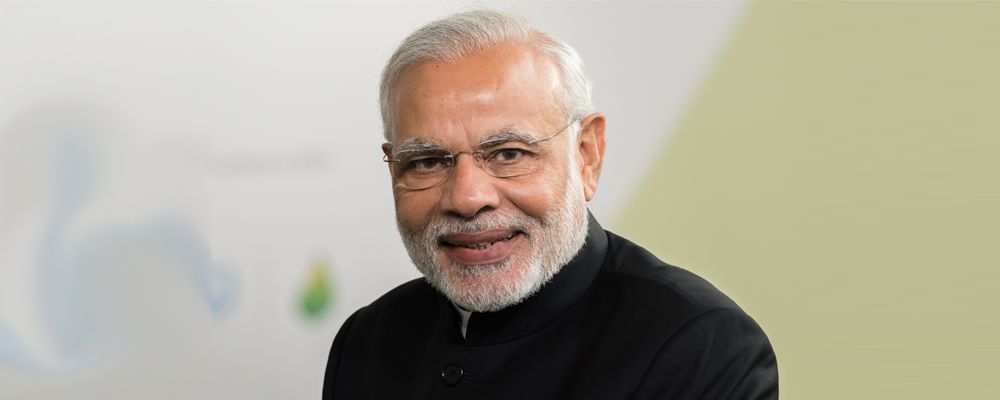Half of India’s population is under 25 and the middle class is expected to grow from 50m to 475m by 2030.
- Thursday, November 18, 2021
 Back in 2013 emerging market economies were hurt by the Federal Reserve’s action to reduce the rate of its post financial crisis QE. This sent stock markets and foreign currency values into correction territory. Today as the current Fed confirmed the reduction of their QE programme, emerging market banking is far more robust and the thought of Fed tapering QE has not affected markets. In fact, it is the emerging economies who have been the most pro-active with Poland, Russia, Mexico and Brazil already raising their interest rates to get ahead of global inflation.
Back in 2013 emerging market economies were hurt by the Federal Reserve’s action to reduce the rate of its post financial crisis QE. This sent stock markets and foreign currency values into correction territory. Today as the current Fed confirmed the reduction of their QE programme, emerging market banking is far more robust and the thought of Fed tapering QE has not affected markets. In fact, it is the emerging economies who have been the most pro-active with Poland, Russia, Mexico and Brazil already raising their interest rates to get ahead of global inflation.
Many emerging economies are energy exporters and are benefiting from the higher price of natural gas and oil. Russia is an energy super power and half of Russia’s stock market is made up of energy companies. Not surprisingly the Russian stock market has done very well this year. Moscow’s MICEX stock market index is up 26% this year to end of October, while Russian GDP growth is forecast to hit 4.5% in 2021. Russia is getting richer and more assertive.
India has overcome its heart rendering second wave of Covid emergency and has seen its stock market perform very well this year and this is expected to continue. The Bombay Stock exchange (BSE) Sensex Index is up 24% since the turn of the year. It is not the rise in energy prices that has driven this growth as India is a net importer of oil and gas but through a boom in new company listings due to India entrepreneurs. Quite uniquely almost half of India’s population is under 25 and the middle class is expected to grow from 50 million to 475 million by 2030. Wage costs are a third of those in China and for these reasons companies are moving to India. Apple for example is transferring 20% of its production from China to India.
This growth in stock markets has led to India stock trading at a high price to earnings ratio of 30.34 that are about the same as the USA S&P 500 which is trading at 30.49. This is rare for an emerging market and twice that of the UK FTSE 100 trading at 13.66. High P/E ratios are a sign that the market values a stock for future growth. We are concerned about how volatile the BSE Sensex index could be on such high ratios. For this reason, we have accessed Indian stocks through general emerging market funds in the past 12 months as compared to direct holdings prior to that. We will review this position in our next edition. Without doubt the long-term outlook for the Indian stock market is very attractive given the demographics and Prime Minister Modi reform minded government policies.
China has been hurt by the energy crisis. Power cuts have hit as many as twenty provinces leading to blackouts and power rationing. Flooding in the northern Shanxi province near Beijing is a major coal mining area and the torrential rains hindered coal mining and forced up prices to an all-time high.
China is heavily reliant upon coal, of which over half is imported. Almost 60% of all energy is generated by coal fired power stations. The recent strong recovery in the Chinese industrial sector since Covid has boosted energy demand. China’s domestic energy producers have not been able to keep up with this demand as environmental and emission targets have curbed mining activity. China has stopped importing coal from Australia after Canberra questioned the original source of Covid 19. This has sent coal prices soaring by over 315% this year. China’s power companies are unable to pass these price rises on to Chinese consumers due to government policy and are unwilling to supply power at a loss. Provincial governments are unwilling to run down their winter reserves of coal so have instead cut supplies resulting in black outs.
The solution would be to relax emission targets, boost coal production and subsidize loss making energy companies if the Beijing authorities do not want higher prices hitting consumers. This may be the outcome but as the world seeks to move to a carbon neutral future these are challenges for the Chinese government. China currently produced 29% of the worlds carbon and President Jinping disappointingly declined to attend the COP 26 Climate Change Summit in Glasgow. The ambitions of the COP 26 Summit will be undermined without a commitment from China to dramatically reduce its use of coal and carbon emissions.
It is not just China that faces a squeeze from higher coal prices. Several other important players in global supply chains such as Japan, South Korea, Taiwan and Vietnam are also very reliant upon coal to generate power. The result of the higher coal price is likely to increase production costs for goods destined for the rest of the world. Therefore, until this energy crisis is solved, it is not likely that price rises or supply restrictions will ease.

Chris Davies
Chartered Financial AdviserChris is a Chartered Independent Financial Adviser and leads the investment team.
About Estate Capital
Financial Services
Our Contacts
7 Uplands Crescent,
Swansea, South Wales,
SA2 0PA.
Tel: 01792 477763
